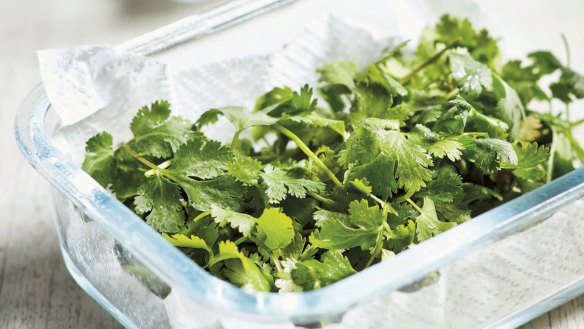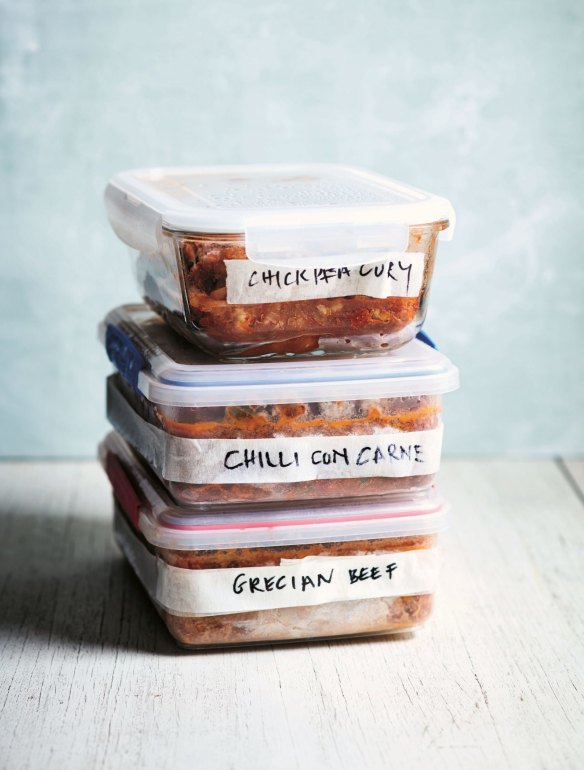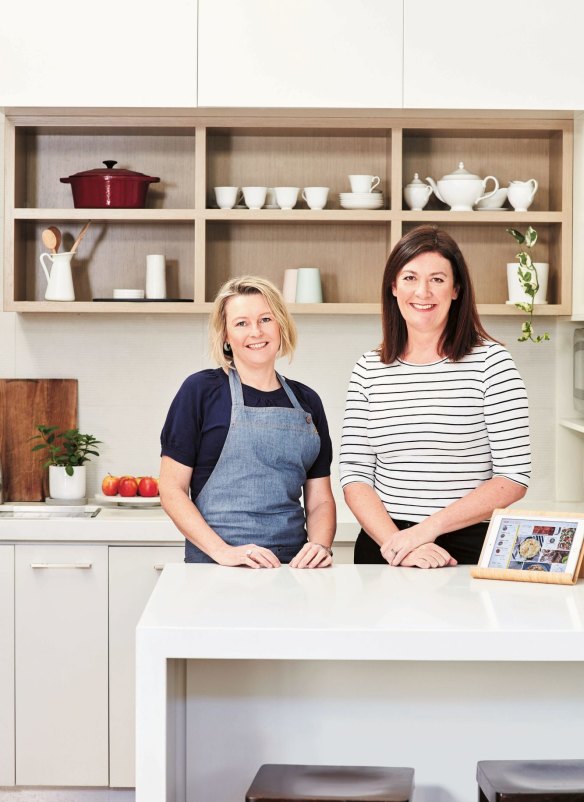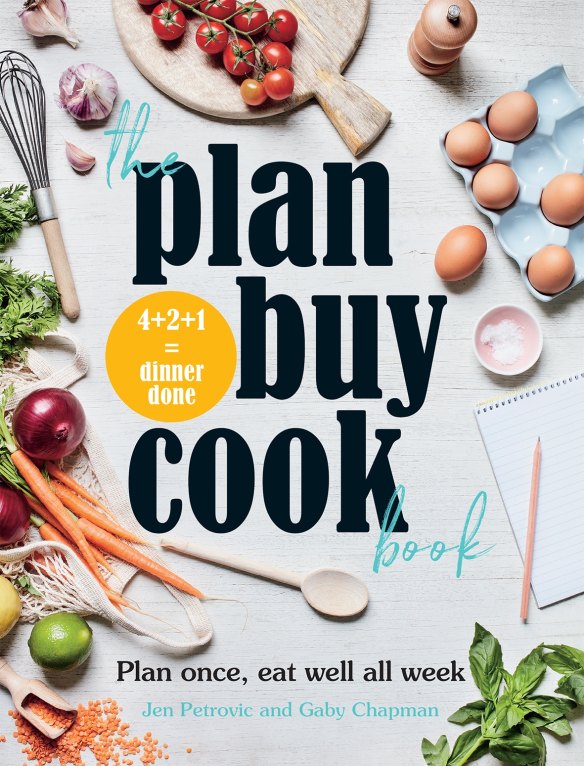How to love your leftovers: Tips from The Plan, Buy, Cook Book

- Nine steps to shopping well, shopping once from The Plan, Buy, Cook Book
- Small swaps for big savings from The Plan, Buy, Cook Book
Make the most of leftovers and scraps with these tips from the authors of The Plan, Buy, Cook Book, Jen Petrovic and Gaby Chapman.
Leftovers often lurk in the fridge for days before eventually being thrown out on bin night. Food accounts for half of the general waste thrown out each week in Australia, and at least 20 per cent of the edible food we buy each week is being thrown out. Conservative estimates put the figure at $2500 worth of food per year. So not only is it bad for the environment, it costs us money.
Pot-luck leftover meal
Some weeks, have a leftovers night made out of pot-luck leftovers: everyone has something different from what's left of that week's meals (there are often leftovers from several meals). Simply cook some extra vegetables to bulk out the leftovers if the meal is a bit light on. Bingo – another meal that doesn't require cooking.
If you are at all worried about the fridge shelf life of any leftover meals, simply freeze them until you are ready to eat them. Generally, home-cooked food is fine to eat for up to four days after cooking it when stored in the fridge.

Don't have enough for a family meal of pot-luck leftovers? Larger families don't always have enough to make a pot-luck meal for everyone. Instead, use leftovers as pre-training early dinners when one of the kids has sport around dinnertime. Then you're not under pressure to have a meal on the table at 5.30pm after work. Or have leftovers for lunch the next day and watch the savings add up.
Rescuing leftover ingredients
Got random ingredients left over? Here's how to store or use them to avoid food waste.

Bread: Freeze old bread for making into breadcrumbs. Blitz in a food processor or hand-grate and store in the freezer until ready to use.
Bananas and berries: Frozen old bananas (peeled) and ageing berries are great for smoothies, banana bread or muffins.
Takeaway leftovers: You never know how long your takeaway food has been stored at the restaurant before you bought it, so it's best to reheat it well and use for lunch or dinner the next day.

Tomatoes: Soft tomatoes can be cut into cubes and added to bolognese sauce, chilli con carne or puttanesca sauce.
Spinach: Wilt any spinach you won't eat in time and freeze until ready to use. Great for spanakopita or lamb curry.
Celery: Cut celery into batons for snacks, smoothies and juices, or dice and freeze it for use in recipes.
Vegetables: Bake or chargrill leftover vegetables such as zucchini, capsicum, pumpkin, mushrooms and eggplant to go in salads, use as pizza toppings or in a vegetable lasagne.
Chicken: Poach chicken before it goes to waste. Shred and store it in the freezer for sandwiches, or to add to a salad.
Bacon: Buy bacon in bulk and store it in portions in the freezer. Only defrost the portions you need.
Onions: Regularly have half an onion smelling up your fridge? Think about buying shallots as an alternative to onions when you only need smaller amounts, or dice, cook and freeze leftover onions.
Tomato paste: Buy tomato paste in a jar, use what you need, then add a layer of olive oil (about 1 cm/) to the top of the paste after each use to stop it from growing mould. Genius.
Cheese rind: Store leftover parmesan rind in the fridge until ready to use in soups such as minestrone or any pasta sauce for extra flavour.
Fresh herbs: Where possible, plan to use fresh herbs in two meals in the same week to avoid waste.
Storing herbs and loose-leaf lettuce
Pick and wash fresh leafy herbs, then store them in a sealed container between sheets of dry paper towel. Same applies to loose-leaf lettuce. Spin it in a salad spinner if you have one to dry it out once washed. You can also use the salad spinner as a storage container.
This is an edited extract from The Plan, Buy, Cook Book by Jen Petrovic and Gaby Chapman published by Hardie Grant Books, $29.99. Photographer Bec Hudson. Buy now
Appears in these collections
The best recipes from Australia's leading chefs straight to your inbox.
Sign up